Over the years we have come up with various acronyms to describe best practices for sending emails.
These include:
RACE for managing your email list
(Reputation, Authentication, Content & Engagement)
&
WILF for Email Content
(Words, Images, Links & Format)
But you know what we’ve noticed?
If you have an outstanding email reputation (in Email List Optimization we call that being a Trusted Sender) you can break some of these rules and still be ok. It’s almost like walking a tightrope between being a good sender and a bad sender.
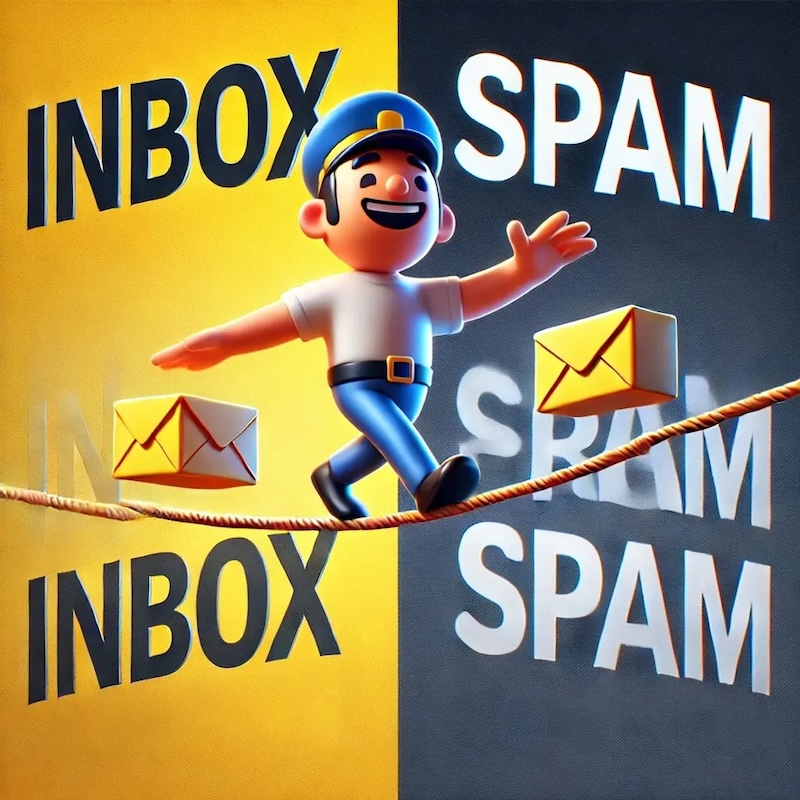
On the other hand, if you don’t have a good email reputation, following these best practices will greatly help, but we’ll talk about that in a different post…
At my high school whenever anything went wrong there were certain kids who instantly fell under suspicion. These included the tough kids, skaters, stoners & goths… while the “cool & studious kids”, even if they were the instigator, seemed to get away scott-free.
Having a good email reputation is like being the “cool & studious kids”, you may still get into trouble occasionally but more than likely you’ll get away with stuff that you probably shouldn't have.
But before we get to the case study, you may have heard me describe the recipe for success in today’s email environment as:
Today’s case study focuses on the first two steps:
Higher Engagement = Higher Sender Reputation = More Inbox Placement
CASE STUDY
A client asked me to investigate after they noticed their Open Rate was lower for one of their weekly newsletters to their Microsoft Inbox Contacts. (Microsoft Inbox Contacts includes Hotmail, MSN, Outlook and Live email addresses)
OPEN RATE (MICROSOFT AVERAGE 2024): 71.21%
EMAIL BEING INVESTIGATED OPEN RATE (MICROSOFT): 45.58%
When I started my investigation what stood out to me was the subject line which read: “5 ways to burn belly fat faster”.
Typically this client stays away from language that potentially triggers spam filters. Common red flags are subject lines about get rich quick schemes, free items, sex, little blue pills, dating, fat loss, accounts being deleted, etc…
After seeing the subject line I then looked at my personal seed lists.
To monitor Inbox Placement, I subscribe to their email list using 2 different Hotmail accounts. In one account I mimic a highly engaged subscriber, meaning I open every email and click links regularly & the other account I mimic being a less engaged subscriber where I engage with just one email per month.
Here’s what I noticed with the highly engaged Hotmail email account (opened in the last 7 days and clicked in the last 30 days)…
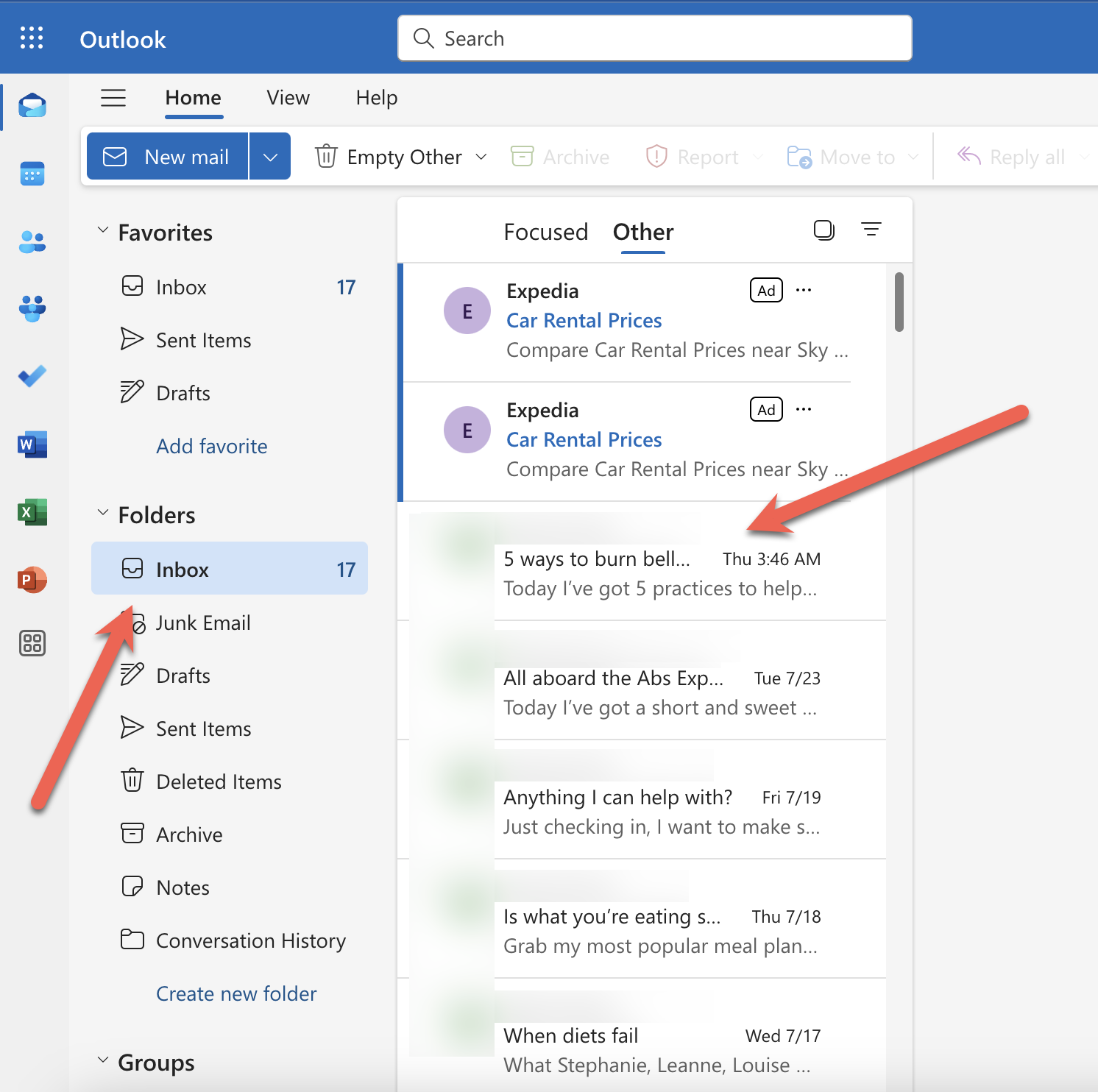
The email was delivered to the Inbox. When I checked the SCL Score it was 1. Which means based on the content, Microsoft feels there’s a low probability that it’s spam.
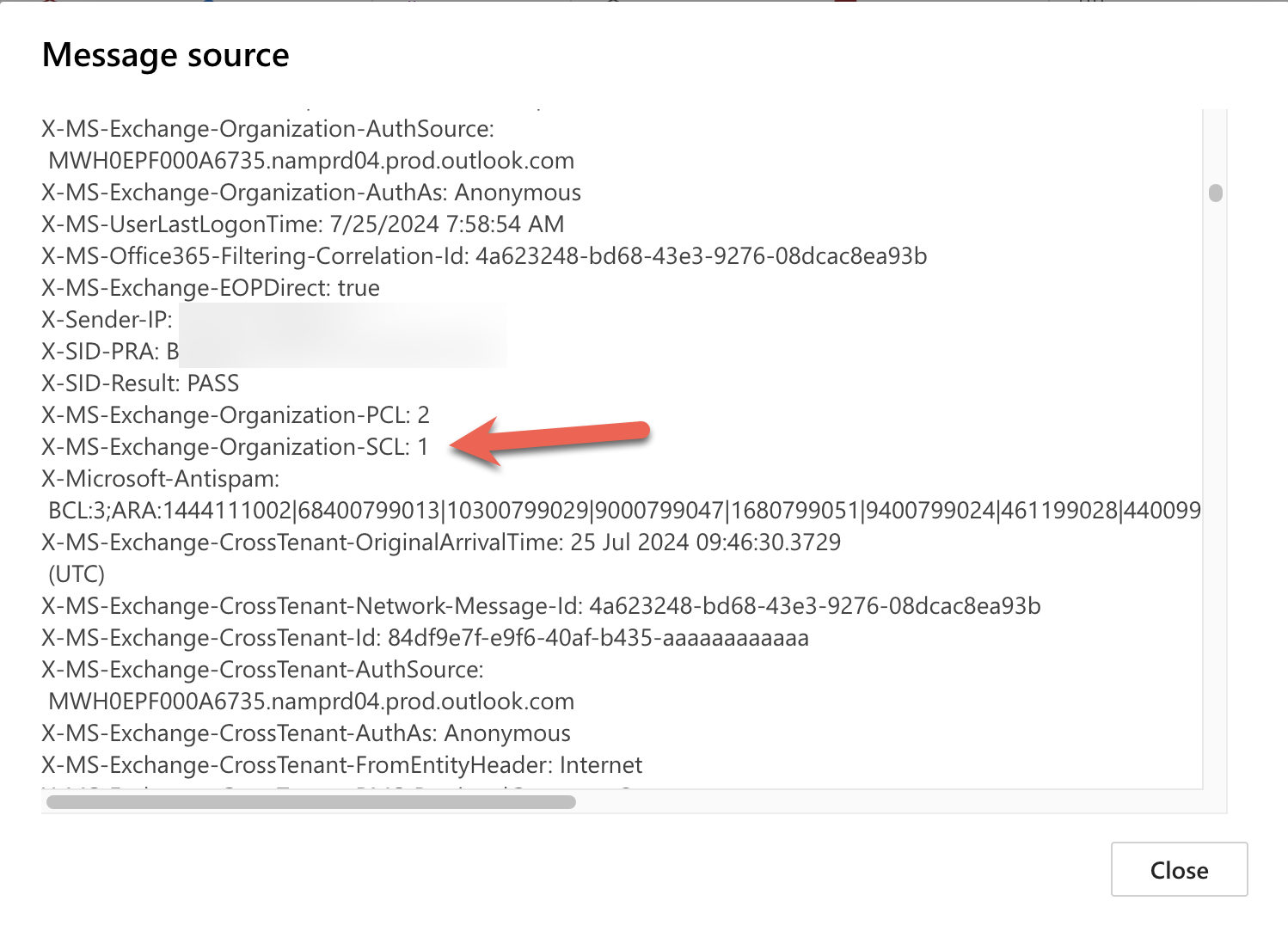
When I checked the lower engaged Hotmail account (opened in the last 30 days but clicked in the last 120 days), I found the email in the Junk Folder with a SCL score of 5, meaning it got filtered for having a higher probability of being spam.
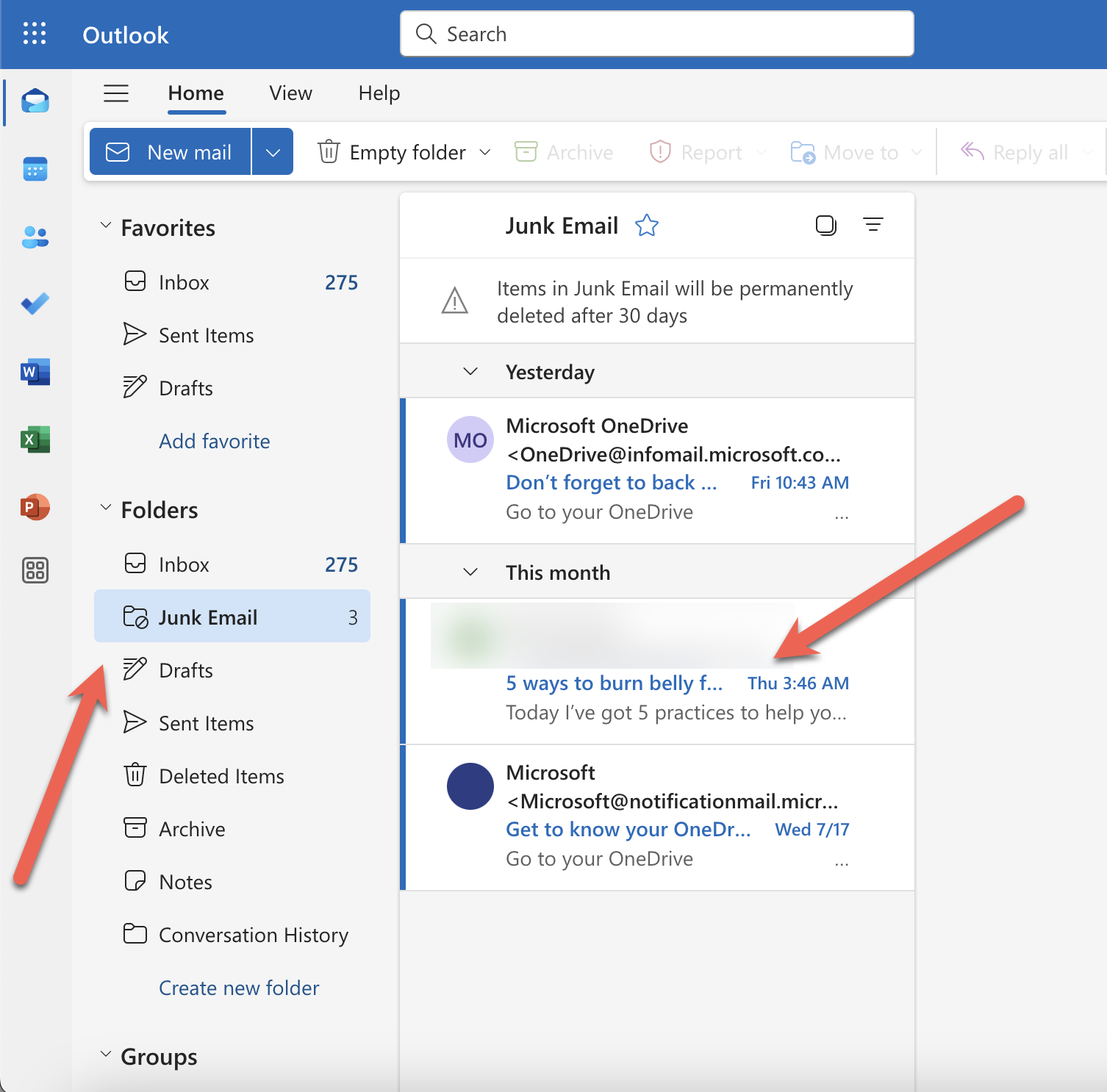
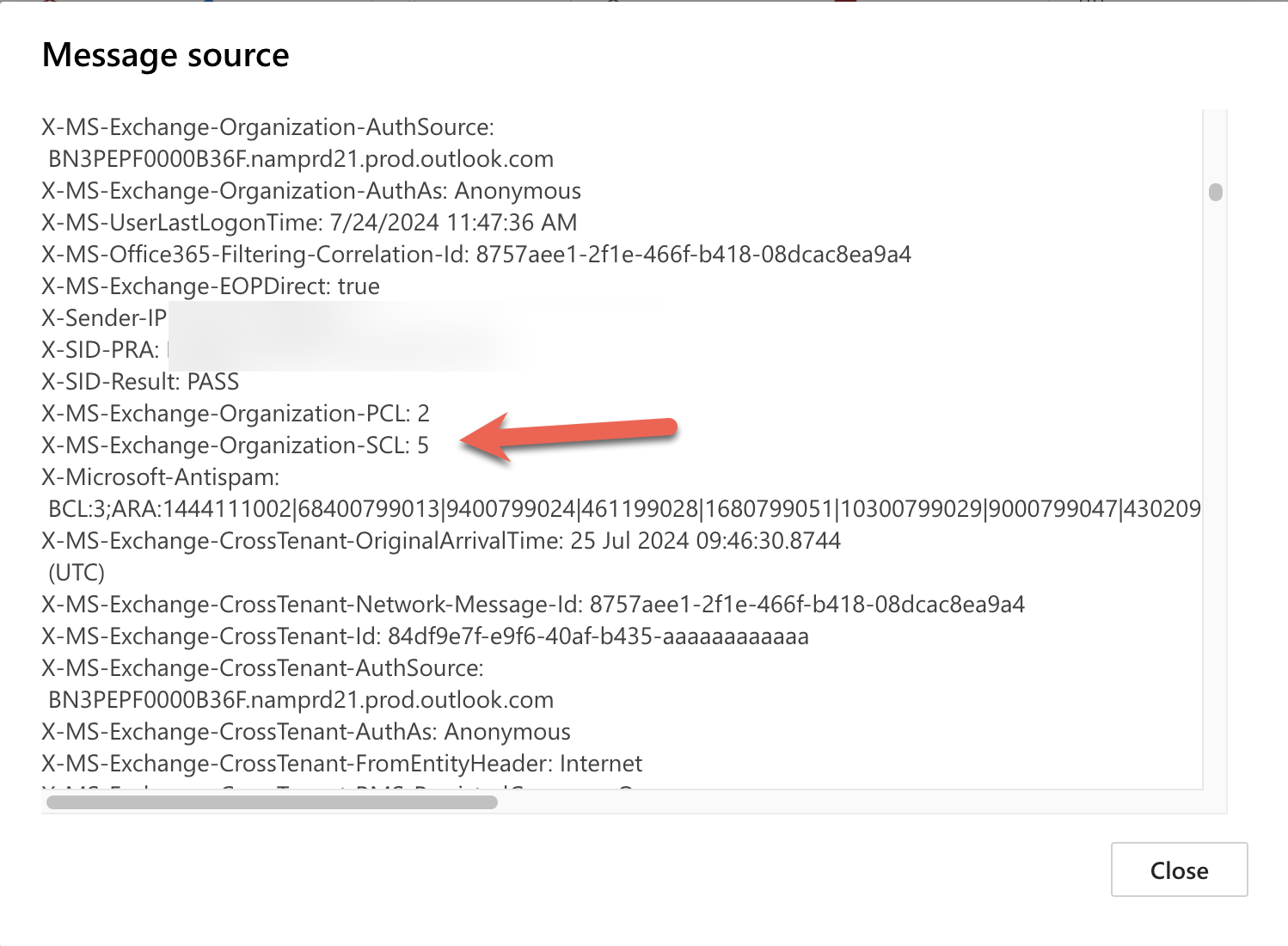
To confirm the subject line was the cause I sent the email again to myself but with a different subject line ( “5 ways” instead of “5 ways to burn belly fat faster”) and it arrived in the Inbox.
NOTE: This was the exact same email sent to 2 different Hotmail accounts - the only difference was one account was highly engaged and one was not as engaged…
Based on this...
Microsoft considered the subject line to be spam for the “not as engaged user” & acceptable (i.e. delivered to the Inbox) for the “highly engaged user”.
So even though this was an email from a Trusted Sender with a high reputation, the email filters worked differently based on how the individual had interacted recently.
Which means…
High Reputation + Recent Engagement = Less Filtering
High Reputation + No Recent Engagement = More Filtering
For those of you that may be mathematically challenged 😁, what I'm saying is Gmail, Yahoo & Microsoft look at engagement as a factor for deciding if an email will be delivered or not and to what folder (Inbox or Spam).
Main Takeaway
Strong engagement builds a strong sender reputation, and a strong sender reputation means your emails are more likely to end up in your contact’s Inbox, where they can be seen and read.
When you have your email list’s attention, and you keep it for longer (i.e. Email List Optimization), plus make great offers that solve problems at a price they’re willing to pay… you’re going to make more sales.
Next Steps
If your business could benefit from Email List Optimization but you prefer an expert to guide you through the entire process, saving you time and effort, go ahead and schedule a call and let's see how we can help you get better email results.
If you’ve missed any of the EMAIL LIST OPTIMIZATION series, here’s where you can catch up:
